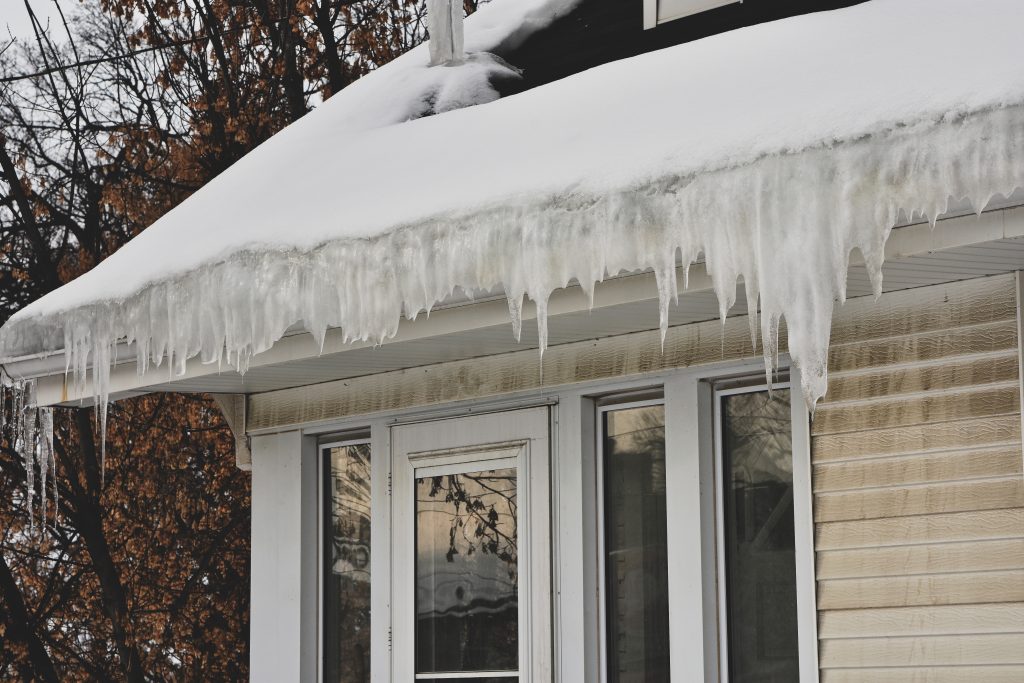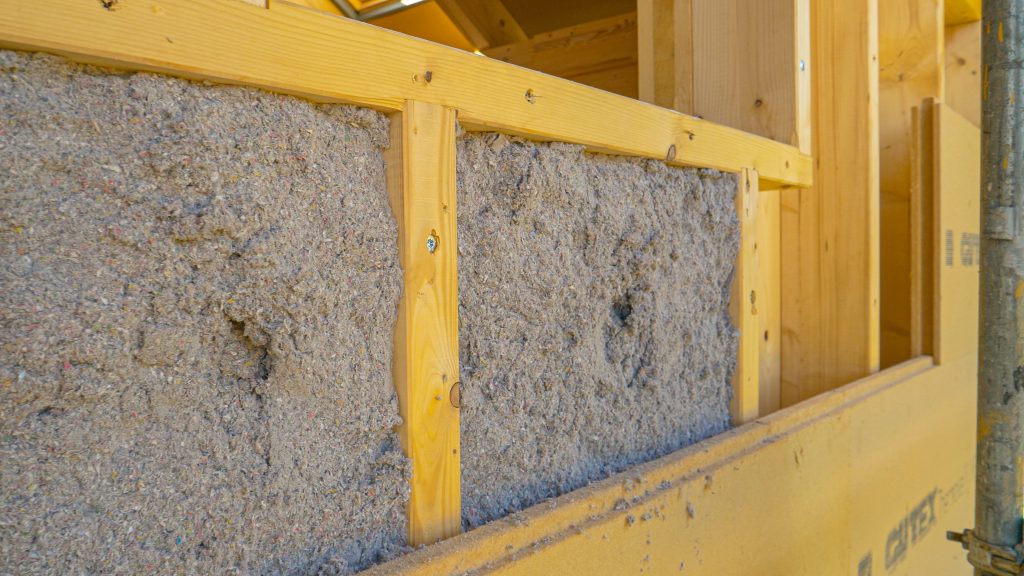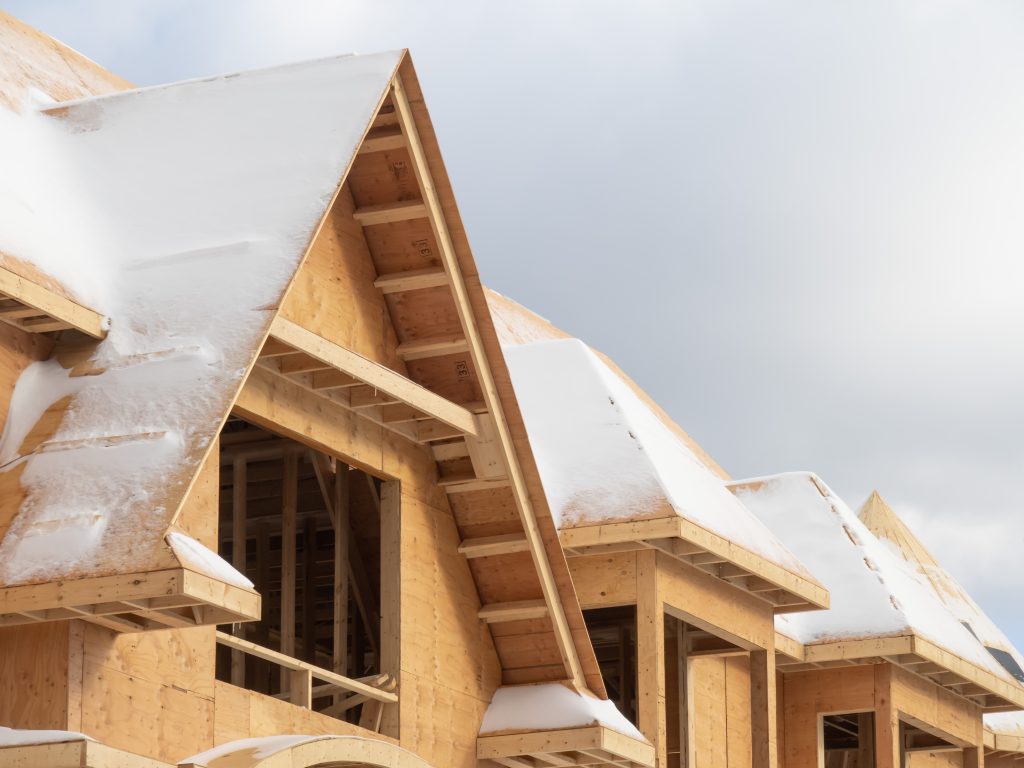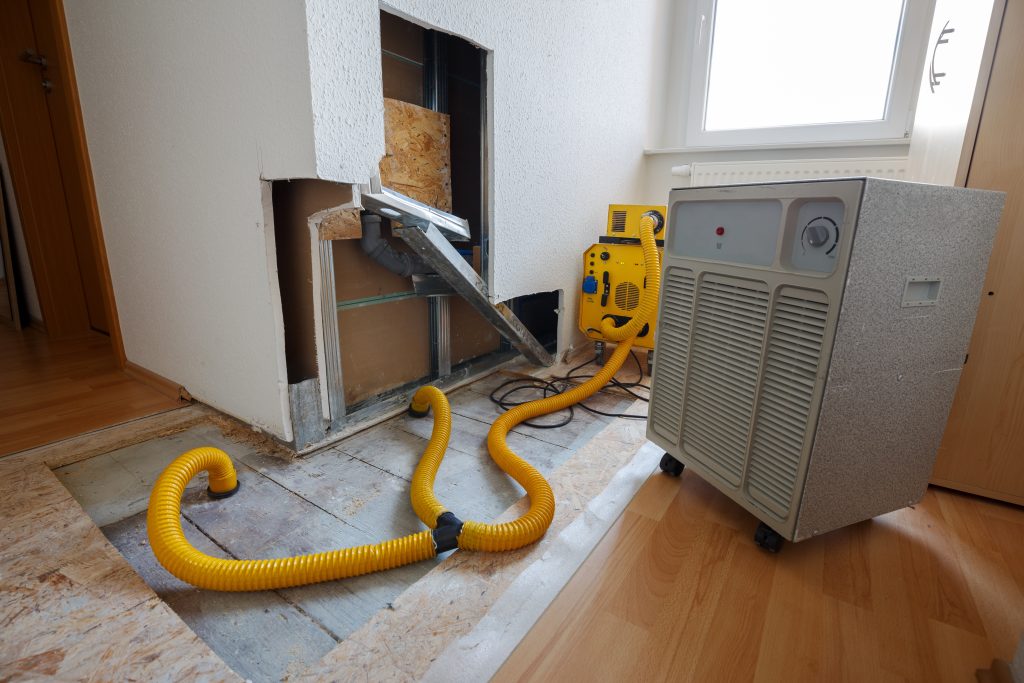Cellulose insulation is a premier choice for any home or business. Made from up to 85% recycled paper content, primarily newspapers and cardboard boxes, this eco-friendly option has excellent R-values to keep your space comfortable in every season.
While cellulose insulation is water resistant, it isn’t completely waterproof. A burst pipe during the frigid winter months or heavy spring flooding can put your cellulose insulation at risk.

Your Trusted Cincinnati-Area Cellulose Insulation Experts
At Valley Insulation, we know that the weather in the Greater Cincinnati area can change on a dime and leave you with an unexpected emergency. This article explores how this type of insulation works and provides actionable steps for responding to water damage. Read on to learn more.
Key Features and Benefits of Cellulose Insulation
Eco-Friendly Composition
Cellulose insulation significantly reduces landfill waste and has a lower carbon footprint compared to fiberglass or foam insulations.
Enhanced Fire and Pest Resistance
Treated with borate compounds, cellulose insulation boasts excellent fire-retardant and insect-resistant properties.
Superior Energy Efficiency
Cellulose creates a tighter seal than traditional materials, leading to improved energy efficiency and lower utility bills.
Climate Adaptability
This material performs well in a range of climates. In humid environments like the Midwest, it can handle consistent moisture content without significant impact.

The Impact of Water Damage on Cellulose Insulation
Cellulose insulation is an excellent choice for energy efficiency. Understanding how it responds to excessive moisture can prepare you for future issues. Let’s take a look at the properties of cellulose insulation so that you can maintain your home or business’s insulation integrity long term.
Compression and Settling
Cellulose insulation is designed as a loose-fill product. It relies on the ‘fluff’ of its fibers to create a seamless thermal barrier. However, when saturated with water:
- The weight of the fibers increases significantly
- This added weight causes the material to compress and settle
- As it settles, gaps in coverage can form, exposing parts of your wall or attic
- These exposed areas become thermal weak points, dramatically reducing your insulation’s overall effectiveness
Preventing Mold Damage
While cellulose insulation itself is treated to be mold-resistant, the surrounding structure may not be. Understanding how and why mold is likely to occur can help you prevent serious structural damage.
- Wet insulation in contact with wooden structures creates an ideal environment for mold growth
- Mold can proliferate rapidly, often within 24-48 hours of water exposure
- This poses both structural risks and potential health hazards to occupants
Given these risks, swift action is imperative if you suspect your cellulose insulation has become wet. Prompt intervention can prevent long-term damage and maintain the energy efficiency and safety of your home.

4-Step Strategy to Overcome Cellulose Insulation Water Damage
Cellulose insulation can hold up to small amounts of moisture. But in cases of heavy water exposure, you’ll need to take quick corrective action.
1. Identify and Fix the Source.
Immediately address the cause of the water intrusion. Inspect the area and contact professionals if needed.
2. Remove the Wet Insulation.
Discard all saturated material. Our insulation removal services can ensure this is thoroughly accomplished.
3. Dry the Affected Area.
Use fans to quickly remove remaining moisture. Most hardware stores have fans available for rent if needed.
4. Contact a professional.
Have an insulation expert inspect the damage to determine if replacement is necessary.
By understanding these aspects of cellulose insulation, homeowners can make informed decisions about their insulation needs and maintain a comfortable, energy-efficient living space.
Our customers consistently praise our quick response and professionalism when the unexpected strikes. Our estimates and transparent pricing help make the process as seamless as possible while we make any needed repairs. Check out our Testimonials Page to learn more in our customers’ own words.

Choose Valley Insulation’s Nu-Wool Cellulose Insulation
At Valley Insulation, we proudly offer Nu-Wool Cellulose Insulation, our solution for unparalleled efficiency and comfort. Made from 86% recycled newspaper, Nu-Wool provides exceptional thermal performance with a 3.8 R-value per inch, exceeding standard insulation standards.
Key Features:
- Reduces landfill waste by using recycled materials
- Helps lower heating and cooling costs
- Treated with a boron-based fire retardant
- Reduces noise from outside and between rooms
- Handles and redistributes moisture better than other insulation materials
Our Nu-Wool insulation is versatile, suitable for walls, attics, and floors in both residential and commercial buildings. With our 40 years of experience, we guarantee professional installation that maximizes your home’s comfort and energy savings.
Connect With Valley Insulation Today
If you suspect substantial damage to your insulation, consult a professional. We can help you determine the next steps. At Valley Insulation, our skilled team has extensive experience in insulation repair and replacement.
We’re here to thoroughly assess, repair, or remove any insulation affected by water damage. Protect your home and ensure its energy efficiency—reach out to us today or call 513.353.4100 to discover how we can assist you!
